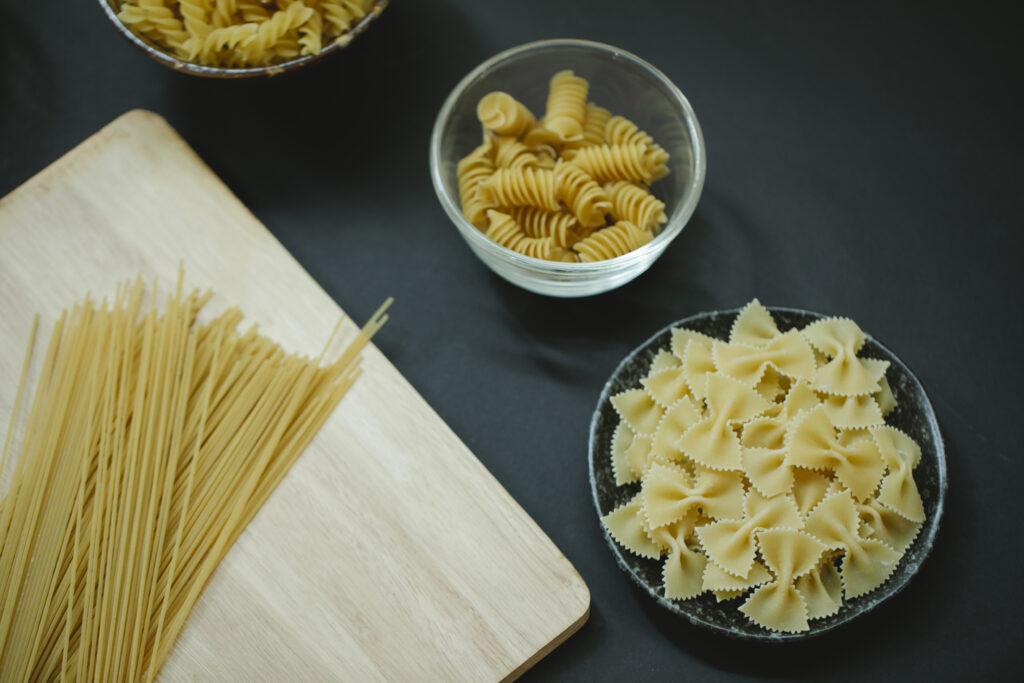What are some practical tips for incorporating smaller plates and bowls into everyday meals?
Title: Savvy Strategies for Using Smaller Plates and Bowls in Your Daily Meals
Introduction:In our quest to maintain a healthy lifestyle, portion control plays a crucial role. One simple yet effective technique is incorporating smaller plates and bowls into our everyday meals. By doing so, we can trick our minds into feeling satisfied with smaller portions, leading to healthier eating habits and weight management. In this blog, we will explore some practical tips on how to make the most of smaller tableware and revolutionize the way we approach our meals.
1. Choose the Right Size:When it comes to selecting smaller plates and bowls, size matters. Opt for plates that are around 9-10 inches in diameter, as research suggests that this size can help reduce portion sizes without feeling deprived. Similarly, smaller bowls, preferably around 6-8 ounces, can be a game-changer for portion control.
2. Fill Your Plate with Nutrient-dense Foods:Smaller plates provide limited space, which means you need to prioritize wisely. Focus on incorporating nutrient-dense foods, such as fruits, vegetables, lean proteins, and whole grains. These foods not only provide essential nutrients but also promote a feeling of fullness, ensuring you get the most out of your smaller portions.
3. Mindful Plating Technique:How you arrange your food on the plate can greatly affect your perception of portion size. Adopt the “half-plate” method, where you fill half of your plate with vegetables or salad. The remaining half can be divided between lean proteins and whole grains. This visually appealing arrangement gives the illusion of a full plate while still controlling portion sizes.
4. Slow Down and Savor Each Bite:Eating mindfully is essential for effective portion control. Smaller plates and bowls can help you become more conscious of each bite by allowing you to take smaller, more deliberate portions. Slow down, chew your food thoroughly, and savor the flavors. This practice helps your brain register satiety, preventing overeating.
5. Engage Your Senses:Using smaller plates and bowls provides an opportunity to enhance your eating experience. Consider plating your meals in an aesthetically pleasing manner, adding small garnishes or arranging food in appealing patterns. Engaging your senses with visually appealing meals can contribute to feeling satisfied, even with smaller portions.
6. Be Mindful of Empty Calories:While smaller plates and bowls can help control portion sizes, it’s crucial to remain mindful of calorie-dense foods and beverages. Remember that portion control should also extend to high-fat, high-sugar, or processed foods. This way, you can still enjoy your favorite treats in moderation without sabotaging your efforts.
7. Practice Portion Pre-Plate:To further enhance portion control, consider pre-plating your meals and leaving serving dishes out of sight during mealtimes. This tactic encourages mindful eating and prevents mindless seconds. When you are more aware of what you are consuming, it becomes easier to make healthier choices and stick to appropriate portion sizes.
Conclusion:Incorporating smaller plates and bowls into your meals can be a practical strategy for maintaining a healthy lifestyle. By choosing the right tableware, focusing on nutrient-dense foods, mindful plating, savoring each bite, and being mindful of empty calories, you can harness the power of portion control effortlessly. Remember that small changes can yield significant results when it comes to our overall health and wellness. So why not try swapping out those larger plates and bowls for smaller ones and see the positive impact it can make on your eating habits?



